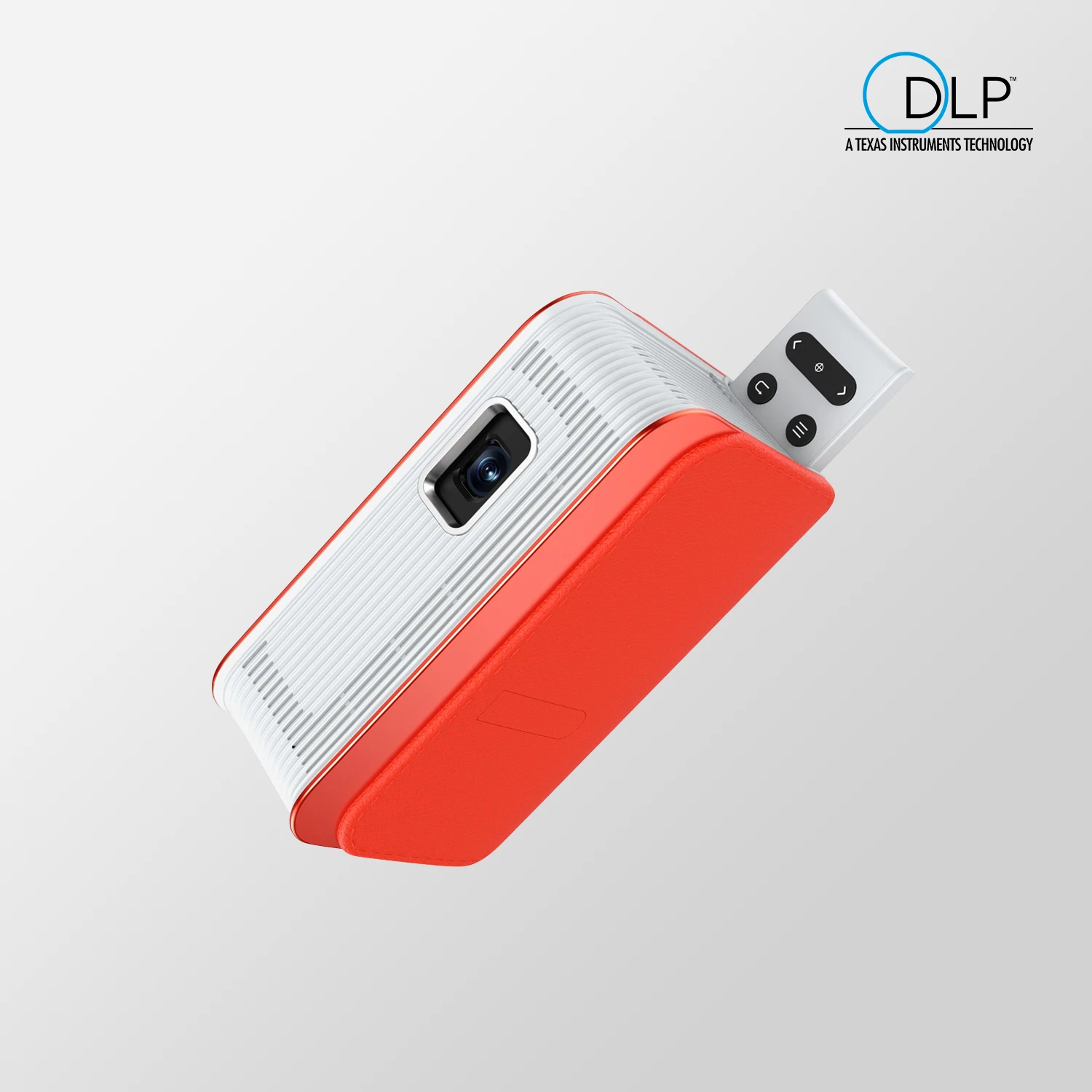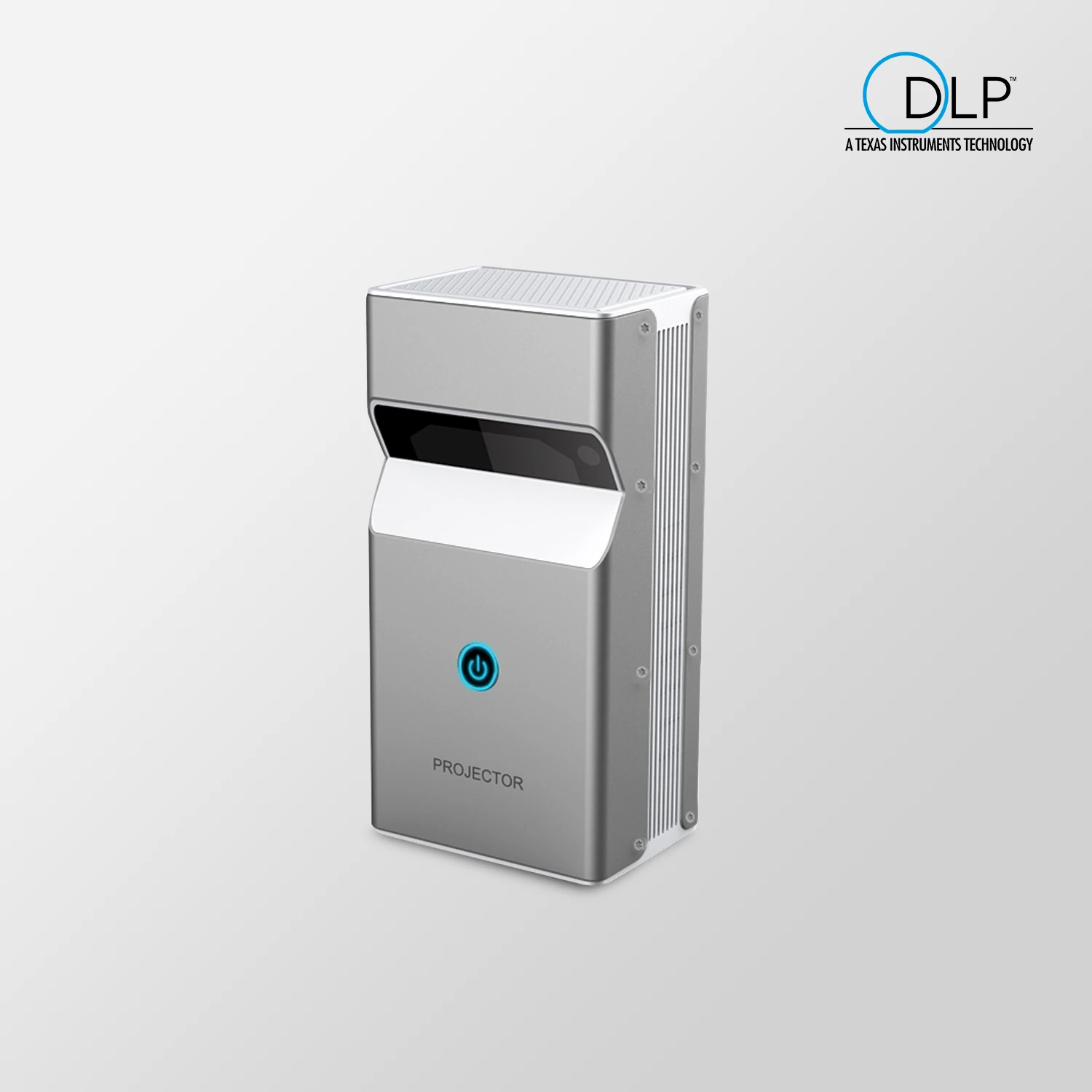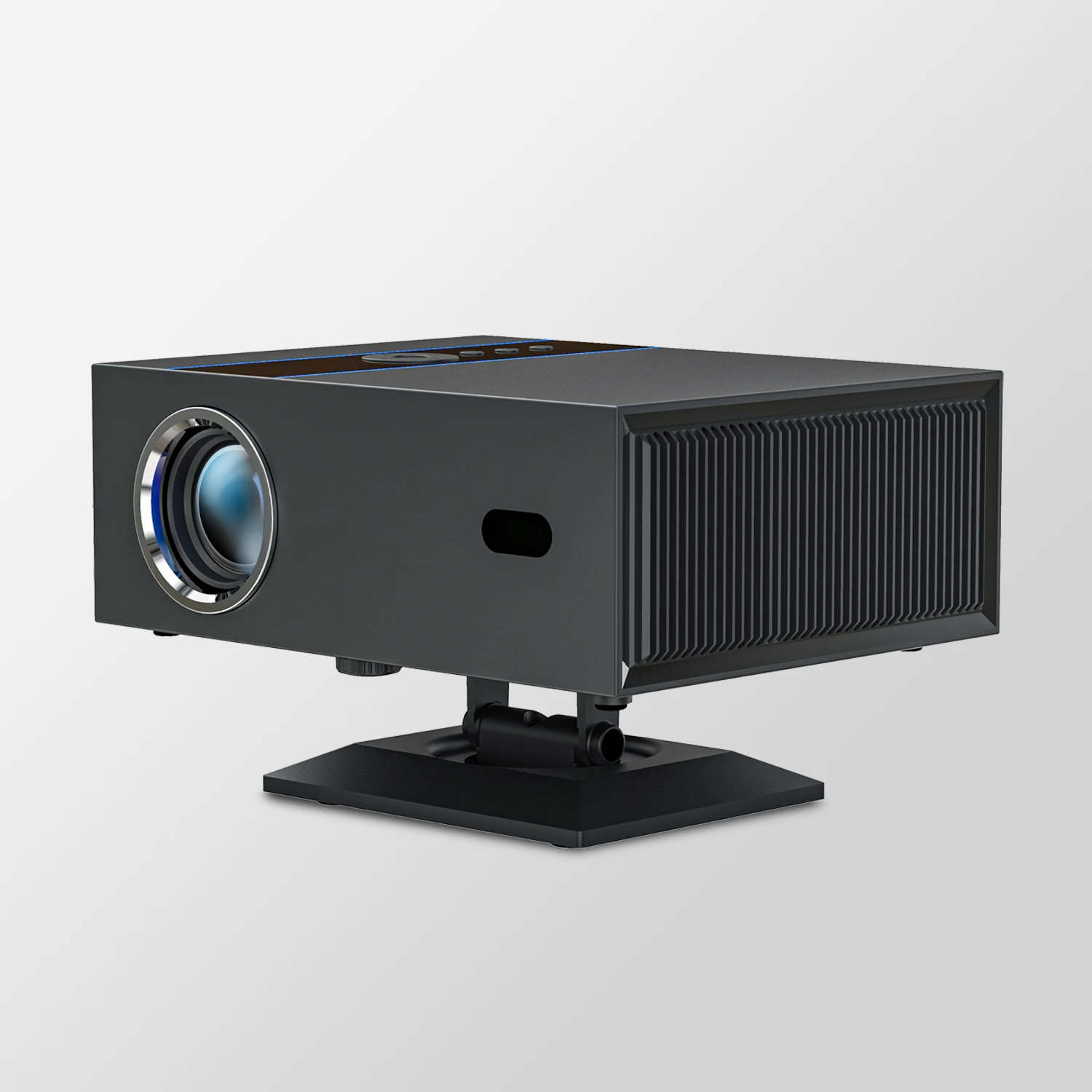Understanding throw ratio calculation is crucial when planning your home cinema setup. Most home theater projectors like the popular BenQ X5 (1.27:1 throw ratio) require 2.8m distance for 100″ 16:9 screen size, while ultra short throw projectors with 0.23:1 ratio achieve same size in just 0.5m.
In this guide, we’ll break down everything you need to know about projector throw ratio calculators, including how to use them effectively, factors that impact accuracy, and why tools like CosMedia’s advanced calculator stand out in 2025.
Core Technical Principles
- Throw Ratio Essentials
The projector throw ratio determines spatial efficiency. Our tests show:
- Standard throw (1.5-2.0:1) needs 3.5m for 100″ (The optimal distance)
- Short throw (0.4-1.0:1) cuts distance by 60%
- Ultra-short throw (0.25:1) enables wall-mounted installation
This ratio is crucial because it directly impacts image clarity, brightness, and overall quality. A miscalculation can lead to blurry edges, dim visuals, or an image that’s too small or large for your space.
- Brightness & Screen Size Correlation
High-quality projectors like CosMedia Projectors maintain 55″-150″ clarity:
| Model | Screen Size | Minimum Brightness | Ambient Light |
|---|---|---|---|
| CosMedia GP1 | 55″ | 200 ANSI | Dark Room |
| CosMedia GP3 | 100″ | 300 ANSI | Curtains |
| CosMedia GP2 | 150″ | 400 ANSI | Dedicated Theater |
Installation Master Guide
5-Step Setup Process
① Measure room dimensions
② Choose 16:9 or 4:3 based on content (Movie vs Document)
③ Calculate vertical offset using lens shift specs
④ Test ambient light rejecting screens (Contrast enhanced to 300%)
⑤ Final calibration with SpyderX Pro色度计

- Critical Installation Considerations:
- Avoid
keystone correctionto prevent 35% brightness degradation - Ensure wall flatness ≤2mm for UST projector alignment
- Select screen gain between 1.0-1.3 for optimal reflectance
For instance, CosMedia’s Projector Calculator offers real-time adjustments for screen aspect ratios making it a top choice for professionals and enthusias
Projector Throw Ratio Calculator
- Find Your Projector’s Throw Ratio
Check the manual or product page. Some projectors list a range (e.g., 1.2–1.5:1) if they have a zoom lens. - Measure Your Screen Width
Use the diagonal screen size to calculate width. For a 100-inch diagonal screen with a 16:9 aspect ratio, the width is approximately 87 inches. - Apply the Formula
Throw Distance = Screen Width × Throw Ratio.
Example: For an 87-inch screen and a 1.5:1 ratio, the throw distance is 130.5 inches (10.9 feet). - Verify with a Calculator
Tools like CosMedia’s calculator factor in room dimensions, vertical offset, and ambient light to refine results.
Factors That Affect Throw Ratio Accuracy
- Lens Type: Zoom lenses allow flexibility, while fixed lenses require precise placement.
- Screen Material: High-gain screens may reduce the required brightness, indirectly affecting throw distance.
- Ambient Light: Bright rooms might need a shorter throw to maintain image brightness.
- Projector Resolution: 4K projectors often require shorter throws for sharper details.
Common Mistakes to Avoid
- Ignoring Zoom Lenses: If your projector has zoom capabilities, use the calculator’s slider to explore distance options.
- Overlooking Vertical Placement: Some calculators, like CosMedia’s, include vertical offset adjustments to avoid skewed images.
- Forgetting Room Constraints: Measure your space beforehand to ensure the calculated distance fits.
Conclusion
A projector throw ratio calculator is no longer a luxury—it’s a necessity for anyone serious about perfect image quality. By understanding the basics, leveraging advanced tools like CosMedia’s calculator, and avoiding common pitfalls, you can transform any room into a cinematic haven or a professional presentation space. Ready to get started? Try CosMedia’s free calculator today and experience the difference precision makes.






